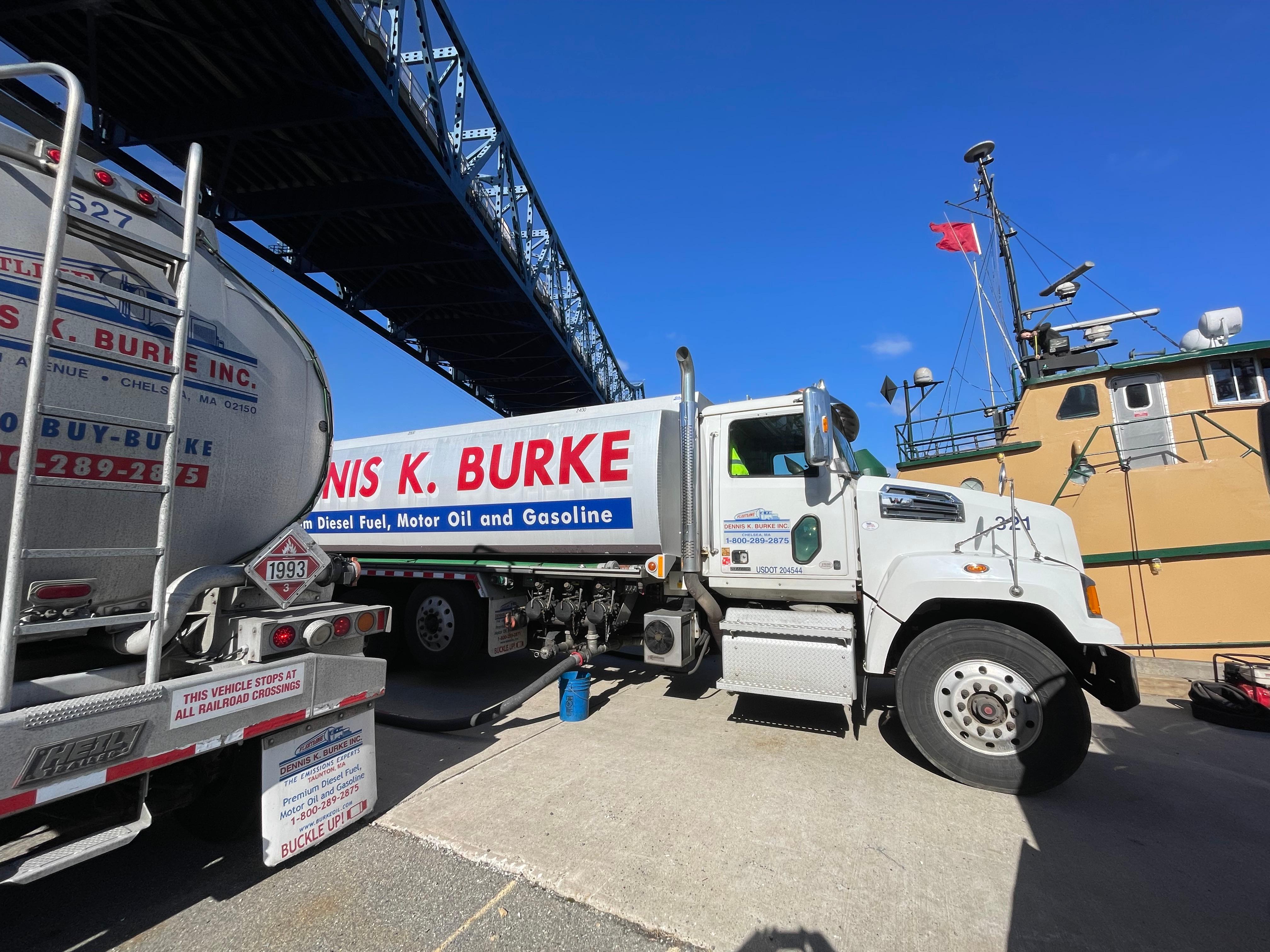USCG Regulated Marine Fueling Safety & 2025 CVSA Annual Road Check
.png)
Fueling a boat is a far more involved process than simply filling up a car. While refueling vehicles at gas stations has become routine, refueling vessels comes with added responsibilities and strict regulations. Marine fueling demands careful attention to prevent spills, especially when fueling near or on water.
For vessels with a total capacity of 250 barrels (10,500 gallons) or more, the process is regulated by the Coast Guard. Both the vessel and delivery vehicle must have a designated "Person in Charge" (PIC), who is trained annually and must have specific experience in fuel deliveries.
Before any fuel transfer, an "Advanced Notice of Transfer" must be submitted to the Coast Guard at least four hours in advance, detailing the transfer’s time, location, and any past spill history. PICs are responsible for communicating with each other, completing checklists, and ensuring both the vessel and delivery vehicle are safe and ready before fueling can begin.
Even vessels with less than 10,500 gallons of fuel capacity must still adhere to strict safety guidelines. No hose connections can be made over water, and any hot work, sparks, or flames must be eliminated during fueling. Safety must always come first—fueling vessels is a highly regulated operation, and vigilance is key to ensuring both safety and environmental protection.
The 2025 CVSA (Commercial Vehicle Safety Alliance) Annual Road Check took place the week of May 13th. This nationwide inspection blitz is a key event in the trucking industry, aiming to improve road safety and ensure commercial vehicles are in top working condition. With thousands of inspections conducted across North America, it’s a critical time for truck drivers and fleet operators to ensure compliance and safety.
Each year, the CVSA Road Check focuses on specific safety aspects, and for 2025, the primary inspection focus was be on driver qualifications. Inspectors look closely at drivers’ hours-of-service compliance, proper licensing, and any signs of fatigue or impairment. Drivers should make sure their records of duty status (RODS) are up-to-date and accurate, and that they’re in full compliance with federal regulations.
During the event, enforcement officers conduct the North American Standard Level I Inspection, which is the most comprehensive roadside inspection. This includes a detailed review of both the driver and the vehicle, assessing everything from brake performance to tire conditions. While vehicle violations are commonly targeted, driver-related issues like logbook discrepancies or improper use of electronic logging devices (ELDs) can lead to significant penalties.
The CVSA Road Check also serves as a reminder for fleet owners to perform routine maintenance on their vehicles. Pre-checking brakes, lights, tires, and securing loads will reduce the risk of out-of-service violations. Additionally, drivers should ensure their medical certifications and other required documents are in order.
This annual event is an opportunity to showcase the trucking industry’s commitment to safety and professionalism. By taking proactive steps now, drivers and fleet operators can ensure a smooth and successful 2025 CVSA Annual Road Check!


